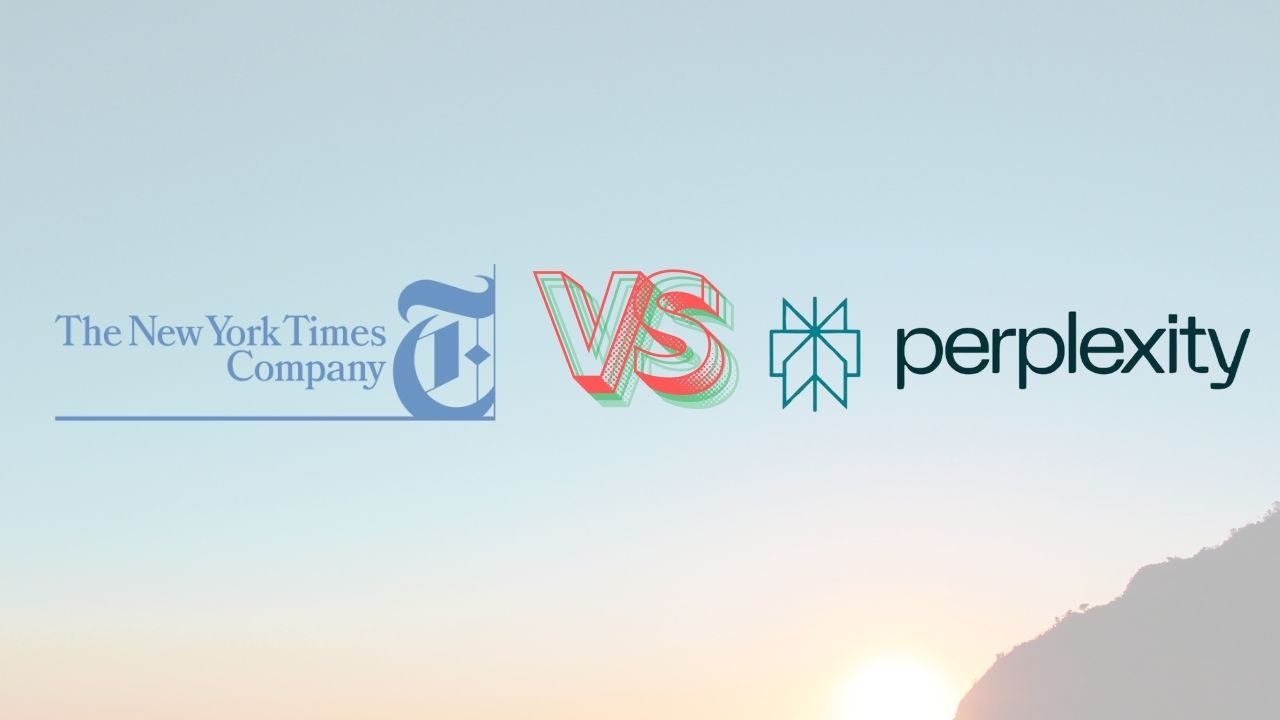The New York Times has issued a cease and desist letter to AI startup Perplexity, demanding it stop using its content without permission, according to The Wall Street Journal. This follows a similar lawsuit the Times filed against OpenAI last year. Perplexity, an AI-powered search engine, provides up-to-date answers with links to sources, but the Times alleges that Perplexity is using its content through a technique called Retrieval Augmented Generation (RAG). The Times prohibits AI model training on its content and blocks Perplexity’s crawlers.
Perplexity spokesperson Sara Platnick stated that the company does not scrape content for AI training but instead indexes web pages to surface factual content, arguing that “no one organisation owns the copyright over facts.” Perplexity plans to respond to The New York Times’ cease and desist notice by October 30.
The company also highlighted its transparency about content policies and has made publisher deals offering ad revenue and free subscriptions to partners like Fortune, Time, and The Texas Tribune. CEO Aravind Srinivas emphasised Perplexity’s willingness to collaborate with publishers, including The New York Times.
This situation underscores the evolving relationship between traditional media and emerging AI technologies. The New York Times is right to protect its content against unauthorised use, especially as AI platforms pose a threat to established journalism’s financial viability. By asserting its rights, the Times sets a precedent for content usage in the AI landscape.
Conversely, Perplexity’s stance on indexing factual information raises crucial copyright questions. While facts cannot be owned, the presentation of those facts in journalism should be safeguarded. Perplexity’s transparency and efforts to collaborate with publishers indicate a responsible approach to navigating these complexities.
Ultimately, a balance is needed that allows AI innovation while respecting content creators’ rights. Collaboration between AI startups and traditional media could lead to mutually beneficial relationships, but clear guidelines and open dialogue are essential to avoid future legal conflicts.
 then 'Add to home screen'
then 'Add to home screen' then 'Add to home screen'
then 'Add to home screen'




